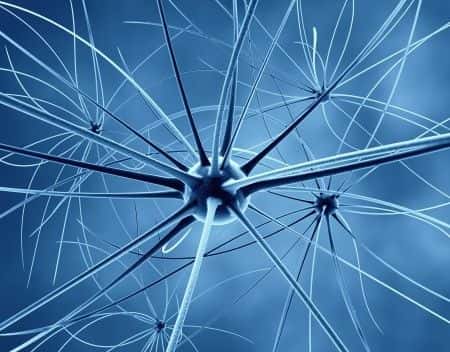Da Vinci Robot Prostatectomy Leads to Severe Nerve Damage
Updated on
This case involves a sixty-five-year-old male who underwent a robotic-assisted laparoscopic prostatectomy. The patient was placed in the lithotomy position with his arms padded and tucked at his side with his hands supported on foam pads. The surgical staff reportedly braced the patient’s head and shoulders while placing his legs in stirrups, and then tipped the patient back into the Trendelenburg position before the first incision was made. During the surgery, the surgeon had difficulty identifying the vas deferens and seminal vesicles for a significant amount of time using the surgical technology, so a partner was called in to assist. The patient was taken out of Trendelenburg more than 6 hours later. Upon arrival in the PACU, a nurse noted that his head and face were severely swollen, and there were apparent strap marks and blisters on his arms due to a blood pressure cuff left in the contracted state for an extended period of time. The patient complained of numbness and tingling in his arms and hands as well as aching from the shoulders down. Electromyography (EMG) and neurological consult exams were consistent with compression nerve injury. A consult report from a hand surgeon stated that damage seemed to be related to the positional and compression injury during the prostatectomy. The patient underwent several surgeries by the hand surgeon in an effort to resolve the nerve injury but only received minimal improvement.
Question(s) For Expert Witness
1. Did this physician's inexperience with the robotic device lead to the excessively long procedure time and what are the standards of care in regards to robotic surgery training?
Expert Witness Response E-005320
 Robotic surgery requires significant training. Many studies have demonstrated improvement in laparoscopic skills with simulation and laboratory drills. This improvement has also been shown in robotics. Laboratory drills improve accuracy, decrease errors, result in a shorter learning curve, and increase the speed of intracorporeal suturing and knot tying. Because of these improvements, issues exist regarding how to appropriately train and credential robotic surgeons. In general, the credentialing can be granted only by the institution where the surgeon is employed and is based on the concepts of technical training, capability, and documented robotic surgery cases. In addition, training should incorporate how to respond to technical malfunctions and how to rapidly remove the device in case of an emergency.
Robotic surgery requires significant training. Many studies have demonstrated improvement in laparoscopic skills with simulation and laboratory drills. This improvement has also been shown in robotics. Laboratory drills improve accuracy, decrease errors, result in a shorter learning curve, and increase the speed of intracorporeal suturing and knot tying. Because of these improvements, issues exist regarding how to appropriately train and credential robotic surgeons. In general, the credentialing can be granted only by the institution where the surgeon is employed and is based on the concepts of technical training, capability, and documented robotic surgery cases. In addition, training should incorporate how to respond to technical malfunctions and how to rapidly remove the device in case of an emergency.
About the author
Michael Talve, CEO
Michael Talve stands at the forefront of legal innovation as the CEO and Managing Director of Expert Institute. Under his leadership, the Expert Institute has established itself as a vital player in the legal technology arena, revolutionizing how lawyers connect with world-class experts and access advanced legal technology. Michael's role involves not only steering the company's strategic direction but also ensuring the delivery of unparalleled intelligence and cutting-edge solutions to legal professionals. His work at Expert Institute has been instrumental in enhancing the capabilities of attorneys in case preparation and execution, making a significant impact on the legal industry's approach to expert consultation and technological integration. Michael's vision and execution have positioned the Expert Institute as a key facilitator in the intersection of law and technology.
Subscribe to our newsletter
Join our newsletter to stay up to date on legal news, insights and product updates from Expert Institute.
Sign up nowFind an expert witness near you
What State is your case in?
Subscribe to our newsletter
Join our newsletter to stay up to date on legal news, insights and product updates from Expert Institute.



